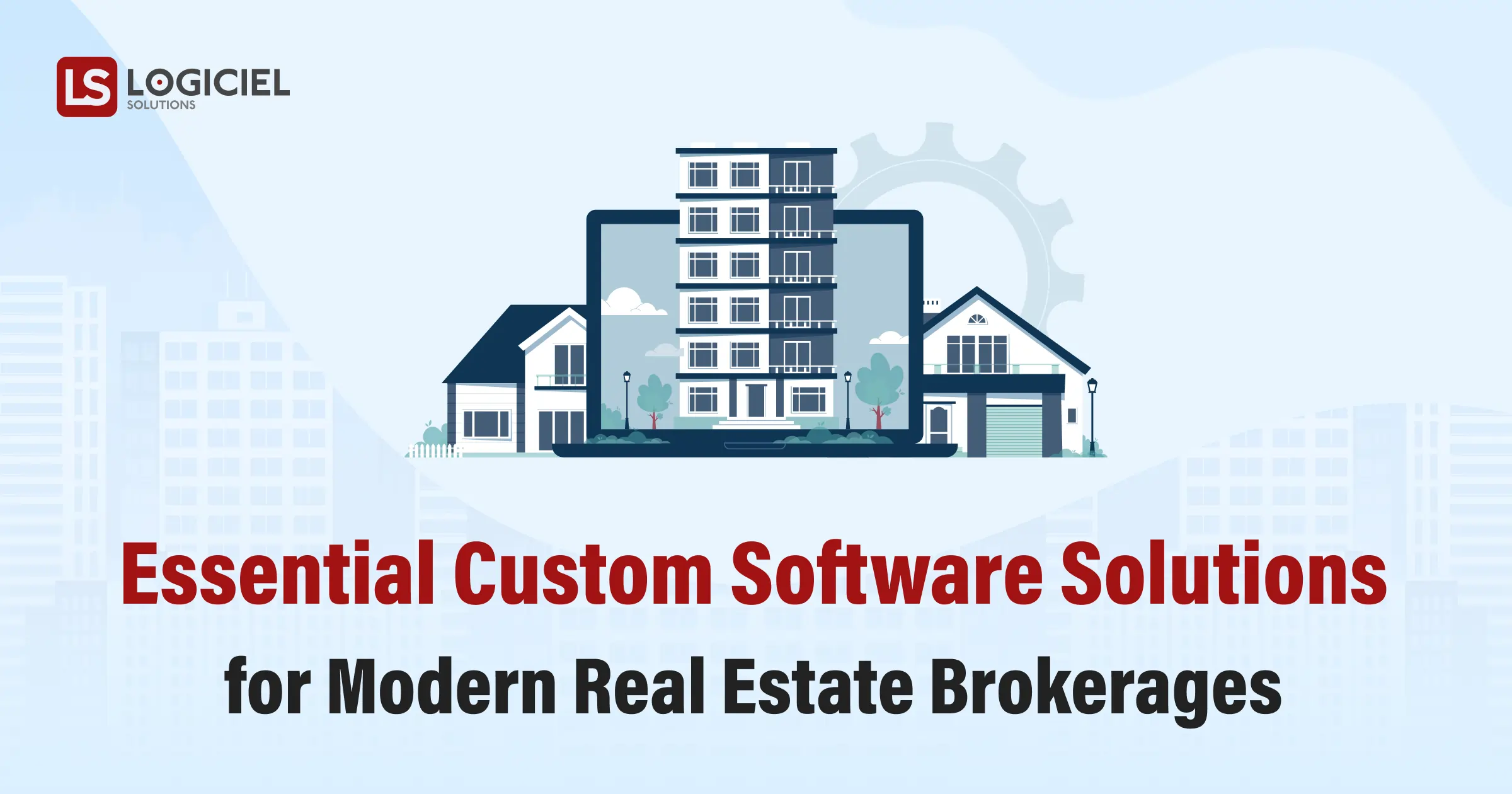A huge portion of the software development industry, especially the Digital Agencies or I would say Software Development Companies depend on the projects they get. And, the other crucial thing they all rely on is “Project Management”, where most of the businesses fail due to committing an unrealistic estimation of the time.
Yes, estimations can make or break your brand reputation!!
If you are in the software industry, you will quite likely be familiar with such awkward situations, where the time your product development took was more than double what you promised. You look at your client who is standing on the ‘unsatisfied grounds’ while your team is struggling to come out of the ‘exhausting zone’. Seeing all this, you ask yourself – where did I go wrong.
This story is relatable to almost every software development team out there. If you too are among them, this piece of writing may help you with a straight direction. Let’s begin with some background on how traditionally software timelines used to be set? and why Agile became a more popular choice for businesses?
Traditionally, estimations were created based on an approach that is linear and where all the phases of product development occur in a sequence. The entire project used to be planned upfront without any scope for changing requirements.
The rigidity of not accepting the changing requirements led this traditional method to not fit in the revolutionizing digital space where a large number of startups want to build products around the cloud and are often in need of a flexible approach to embracing rapidly changing requirements so that if something is not working they dump it off and start afresh without wasting more time on an unproductive idea or plan.
Requirement Briefing also has made a significant impact on the timeline estimation. Earlier hundreds or thousands of pages used to be there in requirement briefing, looking at the modern scenarios, the existence of this traditional approach has faded with the growing usage of prototyping.
Now, how did this happen?
Let’s understand it this way: “Just like a photo is worth a thousand words, a prototype is worth a thousand pages document”. This means no large piles of documents but, you are still able to present the design intent easily with the reduced effort of writing those lengthy documents.
A major reason for the growing popularity of Agile was, It enabled product owners to stay connected with the development team throughout the development lifecycle and suggest improvement scopes at every stage.
Modern Day Scenarios or Challenges Especially in Case of Startups:
The world is continuously evolving and so are the businesses and their processes. While Enterprises are looking for more advanced and flexible ways to satisfy their clients’ requirements and project goals, Startups are stuck with the following challenges of modern times:

Uncertainty
Uncertainty of requirements is indeed one of the biggest challenges for most businesses in today’s rapidly evolving digital landscape, majorly for Startups as they are more into testing and evaluating the ideas. Due to uncertainty in requirements, they don’t get clear project scopes and fail to set a realistic timeline for their project completion.
Planning
Clients want a nice and detailed plan of the benefits they will get including the estimated cost and time before partnering with any firm to complete their project. As Startups have the uncertainty of requirements they have relatively lesser scopes to plan everything upfront and it again leads them to create wrong estimations.
An Ever-Evolving Process
Having an ever-evolving process in their development approach sometimes increases the chances of the actual product getting sidetracked with unexpected new functionalities and stretches the estimated time.
Sustainability
In the growing digital landscape, sustainability in projects is more important than ever. Many Startups start with lots of enthusiasm but later struggle to keep the same pace. Hence, by all means, strive to maintain a constant pace. There could be several reasons for your project’s sustainability meter going down like your staff is busy with multiple projects, they are overloaded with work, getting out-of-the-scope tasks to complete hence, losing interest.
Best Practices to Overcome These Challenges:
Agile revolves around enhancing the speed as well as the proficiency of all the processes and teams that are involved in a certain project. In modern times, If you are not using Agile Software Development, you are likely to be lagging a few steps behind your competition.
Besides Agile, there are some best practices that can help you overcome the above-mentioned challenges, have a look:
Be Ready for the Changes
Taking uncertainty into consideration, be ready to embrace the changes. Scope out the potential risks and include a defined set of proven practices and approaches in your agile strategy. To implement change successfully, you must need to be ready to embrace rapidly-changing ways of working.
Being ready for the changes with pre-defined practices and creating an estimation considering the potential risks will enable you to save a lot of time and effort you might spend on unnecessary tasks that have been created to fix the sudden changes or bugs. All this will ultimately help you deliver your product in the committed timeline.
Be Transparent
Because uncertainty is a major challenge for most businesses in modern times, it’s crucial to make sure that there is enough transparency between you and your client about the potential development risks. Moreover, as the client is closely involved in the agile development process, he will monitor the progress of every phase and possibly provide suggestions wherever needed so, it’s recommended to keep your development processes transparent too with periodic updates and progress reports.
Keep things transparent with your clients and whenever they ask for major changes update your time estimation accordingly. Because you are maintaining a good level of transparency and enabling them to see the progress closely, they will understand why you have updated the estimation? This is how you will be able to set a realistic timeline.
Motivated Staff Brings More Productivity
Don’t let your team lose its motivation in any way. Whereas an unmotivated team’s efficiency drops by an average of 60%, a motivated team could boost up your project’s productivity meter to a great extent. Set the goals clearly, let them feel that they are directly contributing towards the project’s progress, appreciate the extra efforts, welcome their ideas, and most importantly, foster team collaboration with open discussions on project scopes and challenges.
Don’t forget to share clients’ appreciation with all your team members and highlight the names of the best performers. Doing so will boost your team’s efficiency and project’s too. As your team will be motivated to complete all their tasks on time, you will be able to deliver the final product to the client on time.
Remember Communication is the Key
Have a scheduled planner for meetings and reviews so communication between the team and the client is intact and clear throughout the development process. A structural approach to the overall process is the best way to ensure that you both are on the same page and progressing in the right direction.
Communication is a significant part of transparent relationship management in business and as described in point no.2 you already know the gains transparency can have on your timeline estimation.
Sustainability
In the growing digital landscape, sustainability in projects is more important than ever. Many organizations start with lots of enthusiasm but later struggle to keep the same pace. Hence, by all means, strive to maintain a constant pace. There could be several reasons for your project’s sustainability meter going down like your staff is busy with multiple projects, they are overloaded with work, getting out-of-the-scope tasks to complete hence, losing interest.
To deal with this you need to start building sustainability into the vision right from the beginning of the project. Sustainability involves balancing different concerns while keeping the work spirit high in the team throughout the development process. To achieve it, you need to make sure that your team is aligned with the project vision and every individual feels welcome to contribute towards it.
You also need to make sure that you are well-aligned with your client’s vision and their changing requirements. Keeping sustainability high throughout the process will make sure that every phase of the process is bringing some tangible value or result to the table and increasing the chances for you to accomplish all the commitments within the expected timeframe.
Learn to Say No, when needed
Don’t overcommit anything to crack a project deal, think wisely and patiently before saying YES to the client. If the client is expecting something infeasible like asking to add an XYZ feature to the app that you know is not possible in the given timeframe, don’t hesitate to share your opinions on the same or simply say NO by keeping your side of the aspect upfront. It is better to say no at the beginning than saying sorry later when you are not able to provide what you committed on time.
Startups Need to Pay Special Attention while Estimating an MVP
A Minimum Viable Product refers to a product with a minimum number of necessary features to gain valuable insight into what works and what doesn’t work in the product for the limited set of early users. It helps startups to test their ideas without actually launching the final product and figure out how well their product will connect with the end users’ requirements.
Now, what is the challenge?
MVP is usually built with a limited set of use cases and the most required features envisioned by the client. Gradually, with the moving development processes, when the client’s vision starts taking a tangible shape, he starts to expect more from the MVP, especially if everything is going in a positive direction. The growing requirements or expectations of the clients demand more revisions for development and it ultimately extends the estimated timeline. However, having more clarity in expectations and deliverables at the very beginning could reduce the chances of this stretch.
Moreover, to avoid such complicated situations you need to make sure that you clearly communicate on inclusions and exclusions of an MVP with your client stating all the important features the MVP is going to have. The second thing you need to clear is, MVP also needs a good amount of time and resources, maybe not equal to a real product but, yes a significant amount because in many cases clients assume MVP is a quick process.
Also, never forget to keep guiding the client along the way so that smarter decisions are made keeping the product’s future road map in mind.
Things that can Assist Startup to Revitalize Their Software Development Processes with More Realistic Timeline
The power of a writing plan is unlimited. However, not just startups but also big firms fail to design and go according to a written plan. When some predicaments hit the project, they start to consider the writing plan unnecessary instead of tweaking it according to the situation. Documents, Project Management Tools like Jira, Gantt Chart, etc, and various Roadmapping Tools can assist you in preparing a written, visual, and executable plan.
You can always start with an excel or a table (depending on the size of the project) if that suits your style. Next to each step, mention how many days or weeks each step should take. The next step is preparing a Gantt Chart which will provide clear details of the roadmap in an easy-to-understand visual manner. But if the project scales then the next step would be to move to a project management tool or a road mapping tool, and translate the entire plan on it. Later, you can assign team leads on certain tasks with individual deadlines for each task.
Following this process will give you a realistic and fair idea of what should be a good deadline for the entire project.
Conclusion
Building an effective product roadmap is an excellent skill. Some products are so large and complicated that estimating an exact deadline for them is almost extremely challenging. Various project management and road mapping tools can certainly be your best friends and let you be in control of the project. Additionally, the above-mentioned practices are going to help you in rolling out the appropriate strategies for setting a realistic timeline.
Above everything, one most important thing you need to take care of is keeping uncertainty and its risks in mind while planning an estimation for time and also keeping those risks visible to the client.




